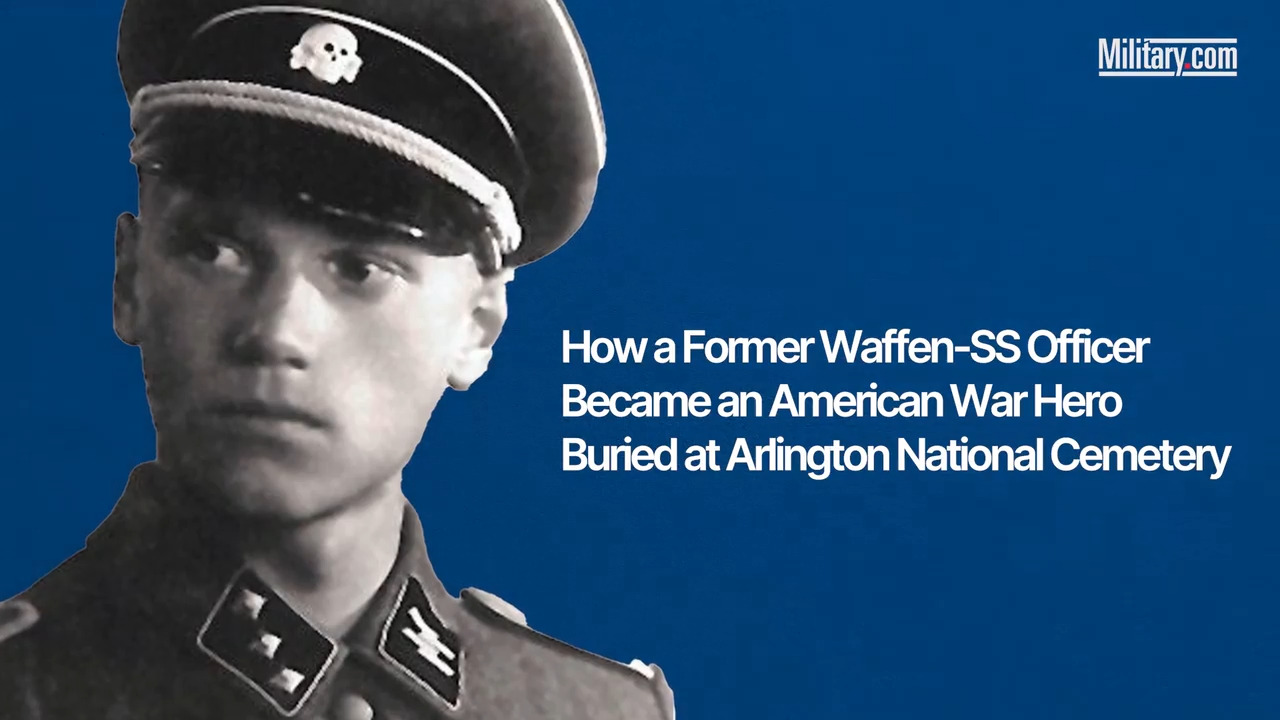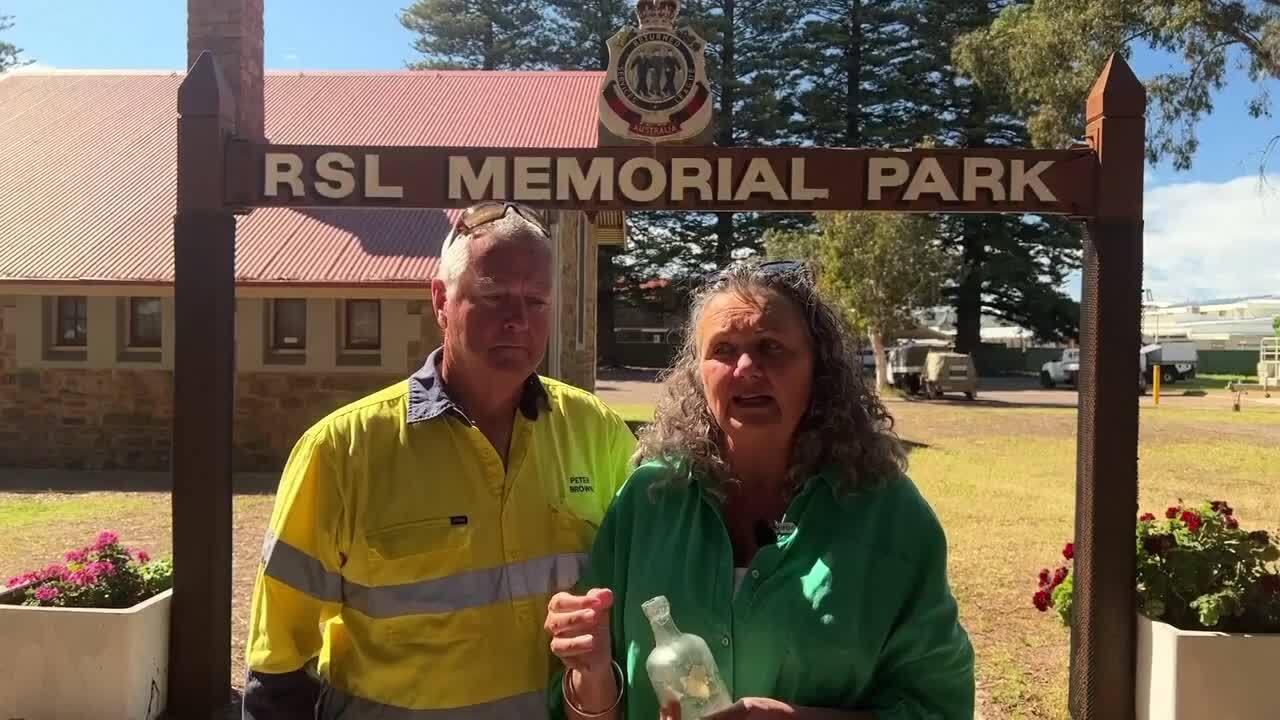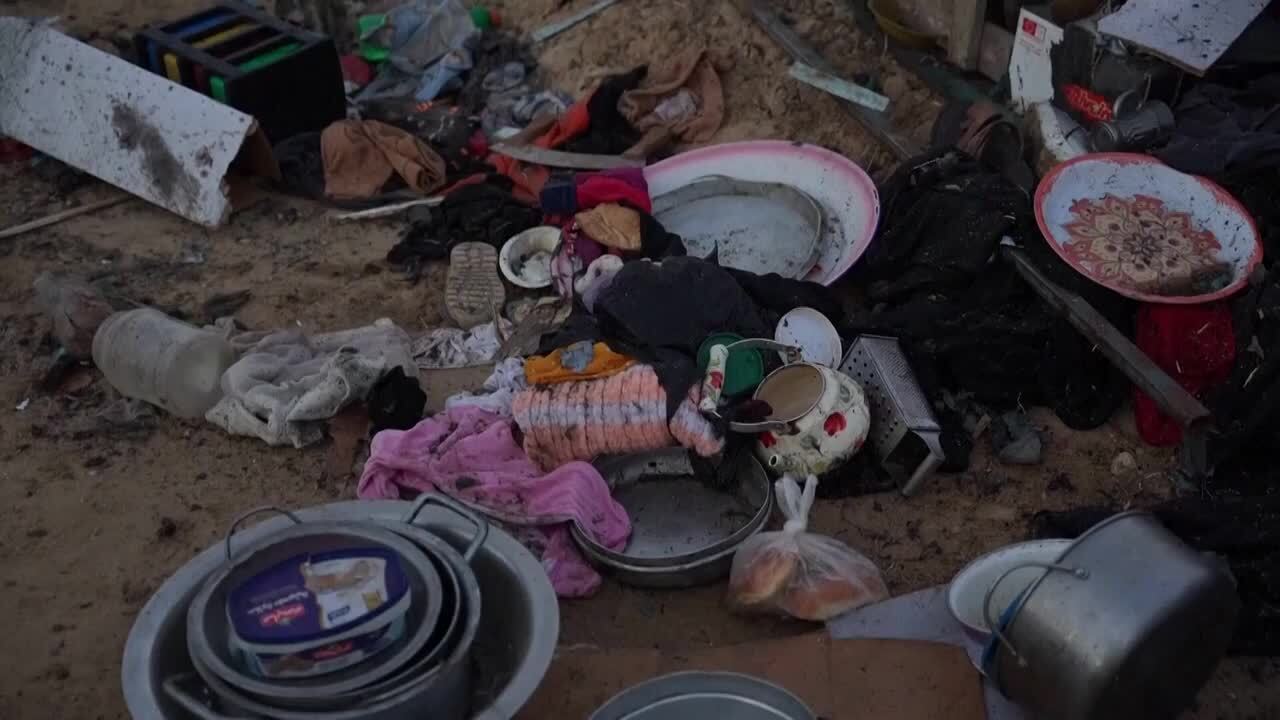WASHINGTON – The Marines have a rotational element that deploys to Darwin, Australia, as part of the U.S. rebalance to the Asia-Pacific region. The Navy has started littoral combat ship rotations in Singapore.
Now an Army attack reconnaissance squadron is deploying to South Korea, where it will spend the next nine months as the first U.S. rotational land forces in the region.
The main body of 4th Squadron, 6th Cavalry Regiment will deploy next week from Joint Base Lewis-McChord, Wash., to join its forward elements already on the ground at Camp Humphreys, Army Maj. Gen. Stephen R. Lanza, the 7th Infantry Division commander, told American Forces Press Service.
Army officials announced the deployment earlier this month in support of the U.S. defense commitment to South Korea as specified by the mutual defense treaty and presidential agreements.
The 4-6 Cav’s 380 members will operate in support of U.S. 8th Army, the 2nd Infantry Division and the 2nd Combat Aviation Brigade, Army Lt. Col. Brian Watkins, the squadron commander, said during a telephone interview from Joint Base Lewis-McChord.
The unit, commonly referred to as the 4-6 Attack Reconnaissance Squadron, will deploy with 30 OH-58D Kiowa Warrior helicopters. The aircraft where shipped from Tacoma, Wash., and are expected to arrive in South Korea later this month, Watkins said.
Plans call for the squadron to leave the helicopters behind after the deployment is completed for use by the follow-on rotational unit, from U.S. Army Alaska.
While in South Korea, the 4-6 Cav will provide a trained and combat-ready rotational force in support of U.S. Forces Korea, commanded by Army Gen. James D. Thurman, Lanza said.
“General Thurman and the team in Korea are very excited to have them come out, because there are strategic implications of sending this force to Korea,” he said.
Lanza said he, too, is enthusiastic that, as his soldiers’ commitments wind down in the U.S. Central Command area of operations, they will be able to assume more missions in the Asia-Pacific region in support of the U.S. strategic rebalance.
“We are excited to provide resources, capacity and capability to [U.S. Pacific Command] and really support our Army here as we rebalance and support the president’s strategy,” he said.
Watkins said the rotational unit “will tie in and certainly offer some enhanced security for the peninsula,” particularly with the additional reconnaissance assets it will provide.
“We will definitely be adding some capability there,” he said.
Meanwhile, the 2nd Combat Aviation Brigade at Camp Humphreys has helped the 4-6 Cav focus its pre-deployment training to fit the mission it will fill during the rotation, Watkins said.
“They have an established headquarters there, and they have done a great job of making sure they are ready to receive us and helping us hit the ground running so we can be successful when we are over there,” he said.
The 4-6 Cav has two combat deployments to Iraq under its belt, Watkins said. The first was to Baghdad from shortly after the initial invasion in 2003 to 2004, and the second was in Mosul during the troop surge from 2007 to 2008.
The squadron was slated for a third Iraq deployment, but was removed from the deployment roster as the United States began scaling down and ultimately withdrawing the force there.
With combat veterans making up about 40 percent of the rotational unit, Watkins said, the combat experience will be “invaluable” during the upcoming deployment.
“The way we will execute the missions will be slightly different, based on the capability of the potential enemy that is out there, but that combat experience gives [the soldiers] the capability to make good decisions when it comes to operating the aircraft and figuring out how to execute the missions,” he said.
Pairing combat veterans with those who have never deployed in the cockpit will help to spread this expertise across the squadron, making the entire organization better, he said.
Watkins said he welcomes the opportunity for his soldiers to partner with their South Korean counterparts.
“It offers a chance for us to share lessons learned and to learn a bit more about how our allies’ armies do their business,” he said.
But particularly exciting, he said, is the opportunity to chart new ground.
“I think it is a great thing for the squadron to be the first,” Watkins said. “It gives us the opportunity to help prepare and lay groundwork for the units that follow us -- not just the squadron that is going to immediately follow us, but the other Army units that potentially could be identified as rotational units.
“This will allow us to look at some of the things we have done, identify some best practices, and help make them successful as they come over and support future rotations,” he said.
Navy Adm. Samuel J. Locklear III, the U.S. Pacific Command commander, is a big fan of rotational units that he said provide an “uptick in presence” that complements that provided by the 330,000 service members permanently based within the Pacom area of responsibility.
“What they provide is an ability to work with our allies and to leverage the capabilities of the allies across all aspects of peace to conflict,” the admiral said. Rotational forces, he added, also provide a regional presence that could pay dividends if the United States had to flow more forces into a particular area to protect the interests of the U.S. and its allies.
Locklear acknowledged that the conflicts in Iraq and Afghanistan have tied up many Army assets for the past 12 years, limiting training opportunities in the Asia-Pacific region.
“Our ability to operate effectively, cross-Army to cross-Army, has not been good in the last decade or so, because most Army assets were tied up in the Middle East,” the admiral said.
Five of the world’s largest armies are in the Asia-Pacific, said Locklear, who noted that he welcomed the chance for increased U.S. Army engagement in the region.


























